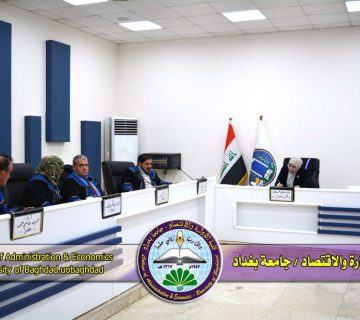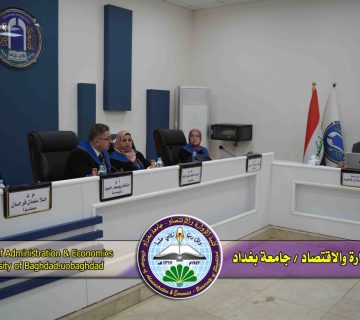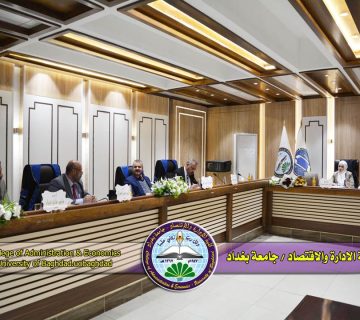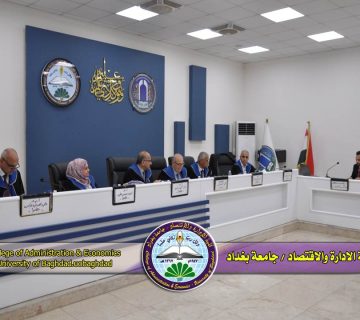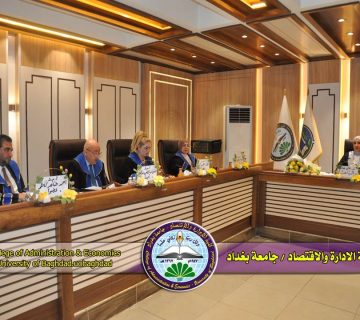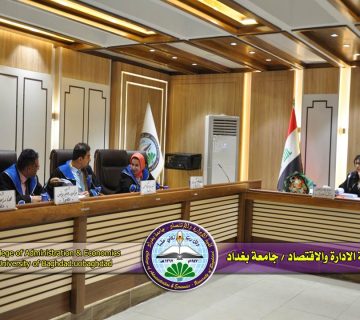The College of Administration and Economics at the University of Baghdad discussed a master’s thesis in field of Statistics by the student ( Muhammad Juma Samih ) and tagged with (Estimation of the survival function based on the autoregressive model in the presence of an exogenous variable (ARX) with the application) , Under supervision of ( Assist. Prof. Dr. Iqbal Mahmood Alwan)
This thesis aims to predict turbidity levels in water treatment using ARX and ARMAX models, and evaluate the reliability of turbidity removal in this process. The aim of the study includes several questions related to data representation and optimization, comparison of model predictions with actual measurements and determining their accuracy, in addition to how to use model outputs to assess the reliability of turbidity removal. This study can help develop more accurate ways to monitor and manage water quality and ensure safe and clean water supplies for people. The thesis centered on the use of the two-parameter Weibull distribution in determining the level of reliability in the evaluation of drinking water quality. Based on the outputs of the two models ARX and ARMAX, which are important models in the analysis and prediction of time data and in the description and design of intelligent control systems in many fields such as social sciences, biology, environment, engineering systems design in cars, industrial facilities, and others. These models can be used to predict future water quality changes using available historical data and external variables that can affect water quality.
The thesis included a general introduction about the thesis and previous studies on the research carried out in the same field of the thesis. It also included theoretically what the ARX and ARMAX models are and their rank was determined using three criteria, which are the Akaikes criterion (AIC), the final prediction error (FPE) criterion, and the Akaikes Bayesian criterion (M-DL). As well as the methods of estimating their parameters. For the ARX model, its parameters were estimated in three ways, which are the ordinary least squares method (OLS), the auxiliary variables method (IV), and the four-stage auxiliary variables method (4-IV). As for the ARMAX model, its parameters were estimated in three ways, which is the method of least squares The comparison was made between the estimation methods using the square root of the mean squared error (RMSE) and the mean absolute error (MAE) to get the best method of estimation. It also included the nature of reliability, the Weibull distribution with two parameters, the methods of least squares (OLS) and the greatest possibility (MLE) in estimating its parameters. ) as well as the mean squared error (MSE). As for application, it included calculating the ARX and ARMAX models statistically and mathematically using daily data from the Rashidiya Water Center for the period (2-2-2021) to (6-16-2022). Estimating the reliability function using the Weibull distribution for the output of the two models after transforming them. The OLS method was superior in both ARX and ARMAX models. As for the reliability function, the method of greatest possibility (MLE) was superior to the method of ordinary least squares (OLS). The thesis concluded that both models represented the real data with the best representation, according to the square root of the mean squared error (RMSE) and the mean absolute error (MAE), and also concluded that the process of removing turbidity in the Rashidiya water center is completely reliable.




